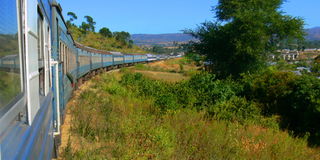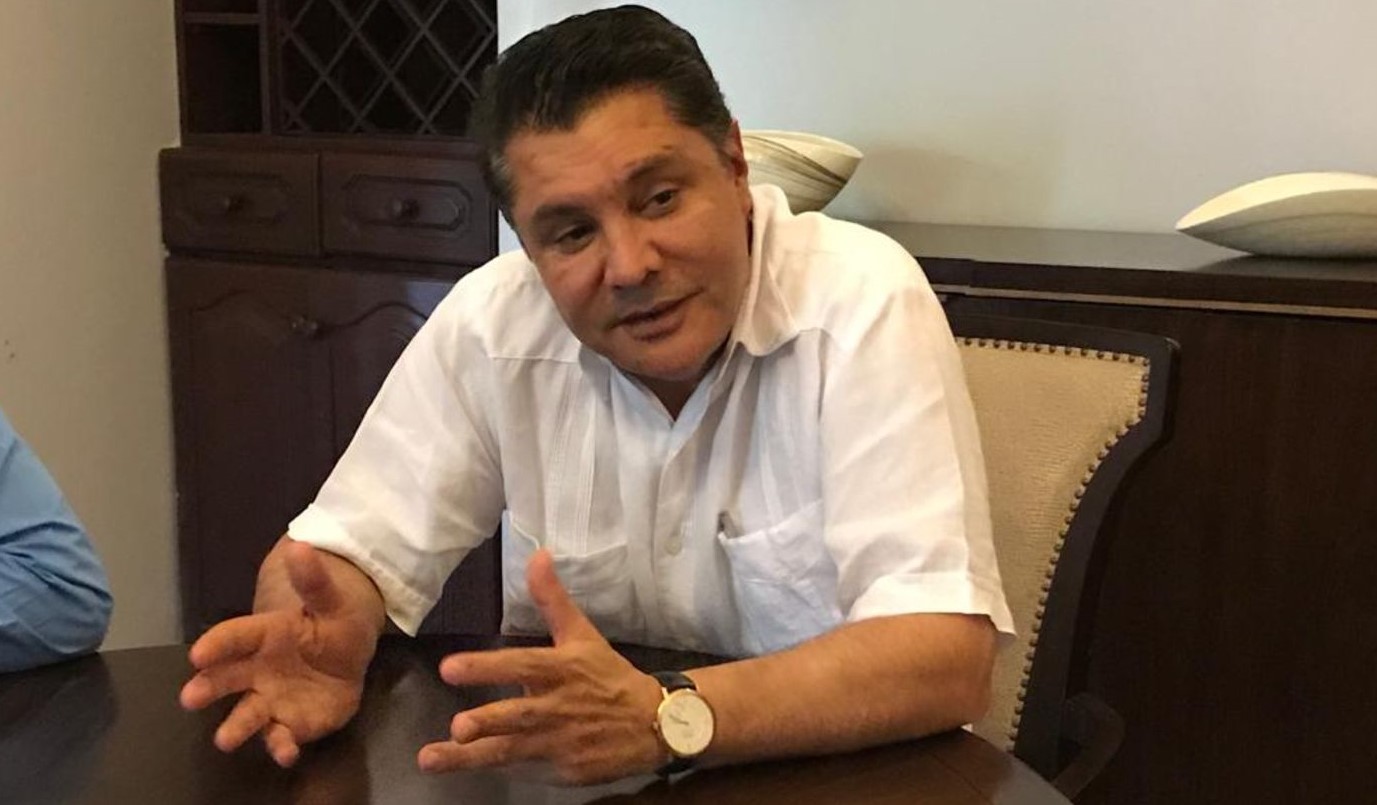TECH & LOGISTICS: Three organisations agree to share railway services

What you need to know:
This comes after the signing in October 2017 of an agreement between Tazara and Zambia Railways Limited make it possible for Tazara to extend its operations beyond Kapiri-Mposhi in Zambia
Dar es Salaam. Locomotives and wagons of the Tanzania-Zambia Railway Authority (Tazara) will start operating along the authority’s Dar es Salaam-Lusaka railway line in March this year.
This comes after the signing in October 2017 of an Open Access Agreement (OAA) between Tazara and Zambia Railways Limited (ZRL) make it possible for Tazara to extend its operations beyond Kapiri-Mposhi in Zambia.
Under the OAA pact, Tazara and ZRL are now allowed to run their locomotives and wagons on each other’s railway lines. Tazara managing director Bruno Ching’andu told The Citizen that trial operations under the agreement were conducted in October 2017.
During the trials, he said, a Zambia Railways train conveying maize from Lusaka to Chozi in Tanzania ‘exchanged’ the maize consignment with a consignment of steel coils that was conveyed from Dar es Salaam to Chozi by a Tazara train.
In the event, the Zambia Railways train transported the steel coils from Chozi to Lusaka, while the Tazara train returned to Dar es Salaam with the maize consignment from Lusaka.
“The purpose of the trial was to learn at firsthand how such operations could best be done after the ‘access arrangements become fully operational,” he told The Citizen in an email response, stressing that “important lessons were drawn from the trial operation.”
After the trial operation was completed, both parties went back to the drawing boards to thrash out the challenges that were identified during the trial.
“We are planning to resume the operation on a larger scale in March 2018,” he stated. Currently, Tazara transports about 15,000 tonnes of different types of cargo a month – which works out to 180,000 tonnes per year.
“The new operational routes will enable us to extend our operational destinations to Lusaka, Livingstone and Ndola in Zambia – while ZRL can run all the way to Dar es Salaam,” he noted.
This will enable Tazara to attain its target of transporting about 350,000 tonnes of cargo during the financial year 2017/18.
“We are determined to ensure that Tazara becomes a profitable company once again – and it can then stop depending on government subsidies. This is just one of the immediate-term strategies taken by the management to tweak the company for peak performance as we await a long-term solution,” he said.
For his part, the Tazara public relations manager, Mr Conrad Simuchile, said apart from the MoU on Access Operations with ZRL, Tazara has also signed a seperate MoU with Calabash Freight Limited that’s registered for operations in both Tanzania and Zambia. Calabash intends to run its own trains on the Tazara line – paying fees for doing that.
So far, Calabash has conducted one trial run to assess the efficacy of the operations.
“Full Calabash Freight access operations may follow once we get approval of the Tazara board,” Mr Simuchile said. Tazara is also in the process of leasing five locomotives, with a view to ‘injecting’ them into the envisaged operations by end of March this year.




